
Most conversation about social media strategy sucks.
Write compelling headlines, use interesting photos, follow “influencers” Pfffft…. what a crock of shit.
I’m going to blow the doors wide open on why most social media marketing strategies are garbage & why even the halfway decent ones still aren’t nearly as effective as they could be.
I’m also going introduce you to a more strategic, organized, scalable & effective solution for social media marketing. If you want to skip ahead to the new social media marketing framework by clicking here.
Part 1 – The Problem With Popular Social Media Marketing Wisdom
When you look at most social media wisdom, it essentially boils down to a handful of main points.
- Write Good Content
- Write Interesting Headlines
- Use Compelling Photos To Enhance Share-ability
- Post Frequently
Fair enough, and I genuinely believe this is the cost of entry for social media marketing, but let’s look at two other forms of media that relied on similar tactics to get readers & attention:
Newspapers
image source: U.S. Census Bureau
Magazines:
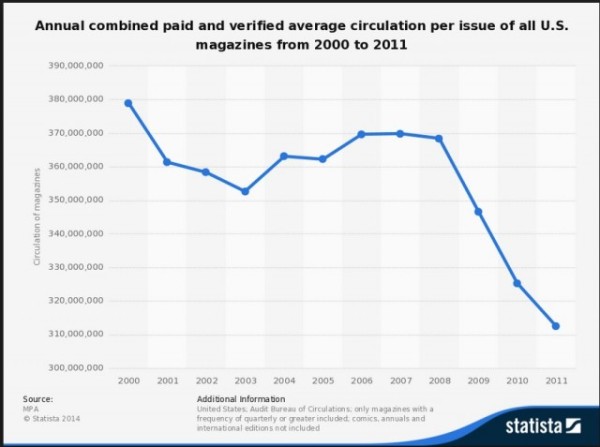
Now, there’s no arguing that the decline of print is a direct result of the rise of digital publications, social media & mobile.
But with everyone flocking to digital channels also meant that it’s not just competitors trying to siphon your market’s attention, but aunts, uncles, friends & people who actually talk back to you.
That’s what’s given rise to this garbage…
Make no mistake, Buzzfeed, Upworthy and the legion of copycat sites that have followed are fiercer than even your most worthy competitor.
Headlines & images like this have turned social media marketing into a farce, where it seems like the only way to gather any attention is to package content to appeal to the lowest common denominator.
What’s worse is that these methods are so damn effective that even time weathered news organizations have been forced to put on their monkey hat & dance.
As far as photos are concerned, I don’t care if the data supports that photos get a ton more engagement on Facebook or that tweets with photos get more clicks, RT’s & Shares.

The reality is, NONE of this matters, when your social media channels aren’t connected to the right audience.
In fact, a study by Harvard Business School found that 79% of companies don’t feel as though they’re effective users of social media for marketing purposes.
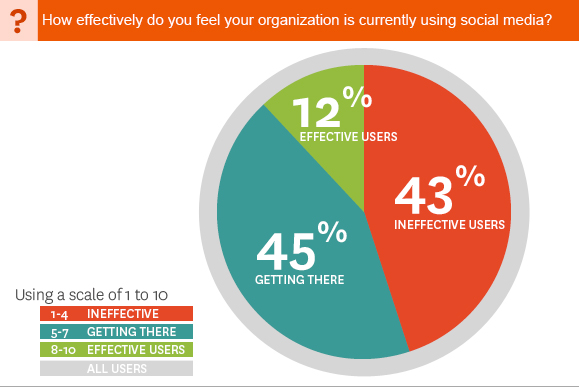
I believe this is a three part problem.
Problem 1 – Social Media Platforms Are Not Designed To Get New Customers
You see, there is what I consider a major design flaw that is built into practically every social media channel out there – invite your friends & import your contacts.
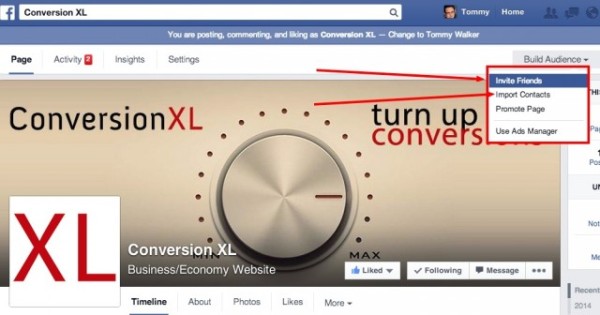
This creates a really rocky foundation for most social media channels.
Your mom, your coworkers, and the people you added from high-school just to see if they got fat are not your target market.
No amount of “interesting headlines” will make them any more interested in buying from you either. Ultimately, this is what I suspect most people’s fan page invite lists look like. (check yours here)
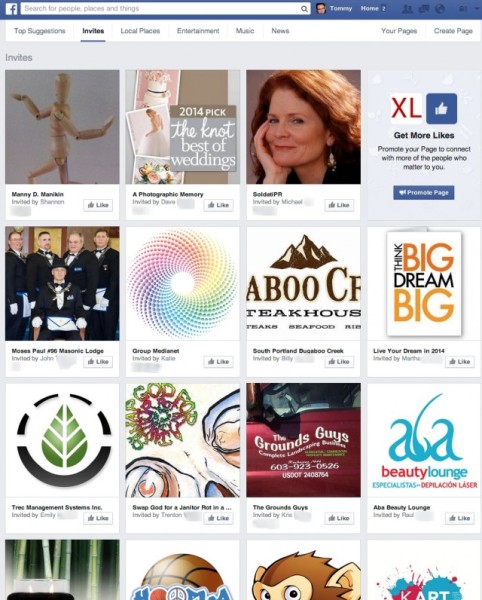
Sorry, but I’m just not in your target market
On Facebook in particular, this poses a real problem, because of the way the newsfeed algorithm is calculated.
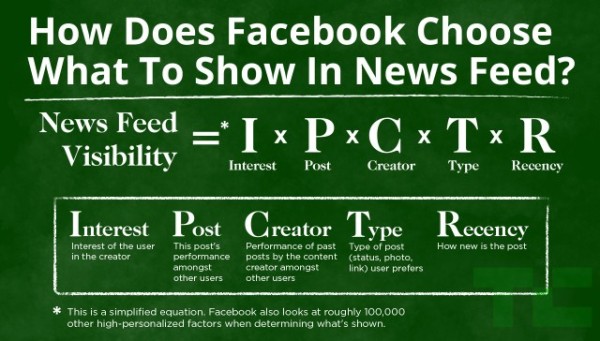
It’s pretty simple actually, the more people who interact with your stuff, the more likely it will be shown to other people connected to your page. Inversely, when fewer people interact with your stuff, it’s less likely to be shown to the other people connected to your page.
This not only destroys your chances for getting your content distributed, it also minimizes your ability to use social media channels to gather unfiltered feedback from customers, fans of your brand, and the market at large (more on this later).
This problem is only compounded if you run poorly targeted ad campaigns, but that’s a conversation for another time.
Even if you’ve avoided adding your friends, and instead used the social network’s built in “import contacts” function (most have one) you’re still only reaching out to existing contacts… who… lets face it, are using social networking sites to interact with friends & family OR find customers of their own.
So, to get more people connected to your social media channels, you can muck up your design with various social media icons – which may distract from conversions…

…and/or rely on the people currently connected to your page to spread the word about you, by way of liking, commenting & sharing your stuff…
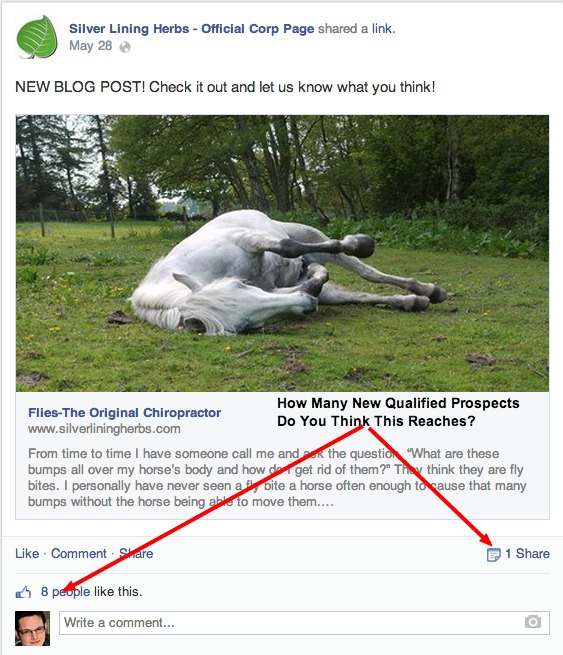
…or, you can pay for ads, which may or may not be shown in a context that is conducive to getting people’s attention.

Now, like I said earlier, I believe the cost of entry to social media marketing is knowing how to write compelling headlines & develop engaging content worth your viewers time. I also know first hand just how powerful social ads can be.
What I am saying is that methods don’t answer a core question, which is really quite simple – “How do we reach new people?”
Problem 2 – Most Social Media Strategies Aren’t Strategic At All
I’ve personally interviewed over 100 business owners and asked, “what do you do after you publish a new piece of content?” and the answer 99% of the time goes something like this:
- Post to Facebook
- Post to Twitter
- Post to Linkedin
- Post to Google+
- Post to other sites like Reddit, stumbleupon, etc…
- Email to list
- …Wait…
Some of the more savvy people go a step further and tell me they’re using an optimized publisher like Buffer to post when the most people are likely to see it, or use ifttt to automate publishing to multiple networks, but this model is still full of holes.
The most obvious is that eventually, you’ll just run out of social networks to publish to.
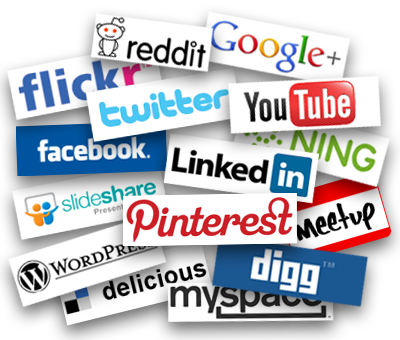
Be honest, does your publishing strategy go beyond these sites at all?
image source: business2community.com
In response to this problem, the social media marketing community has suggested something very simple… re-publish to the same network again. In fact, the data even seems to support that publishing to the same network multiple times can result in higher re-circulation.
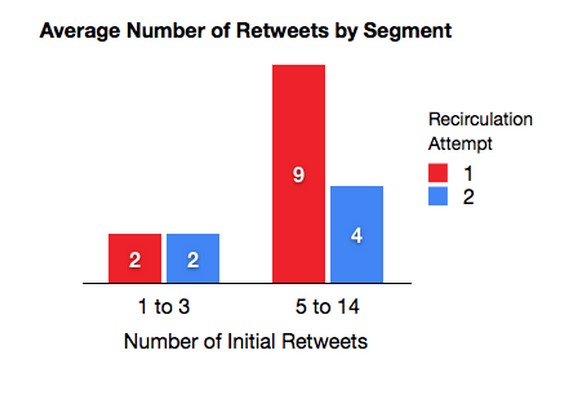
Adam Mordecai of Upworthy has even suggested that testing a new headline to the same content every 15 minutes is one of the major ways that Upworthy has been able to make the most out of Facebook.
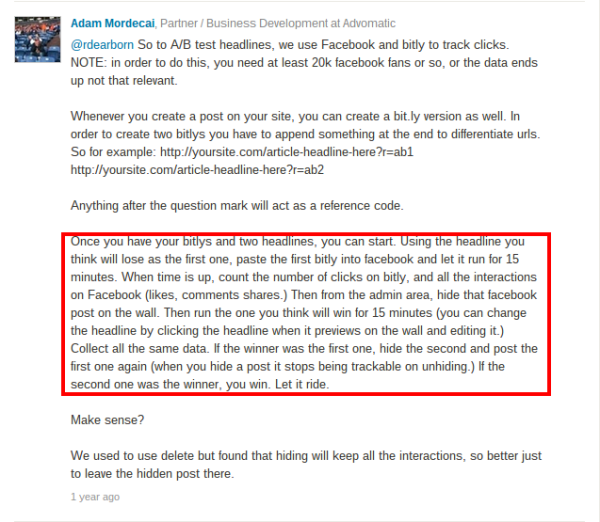
While I’m all for testing, and obviously can not deny the impact this has had for Upworthy, what do you think the broader implications might be if even 2-3% of the pages & people you were connected to adopted the same behavior?
In a 2011 study by DDP & Paris (by way of Adage.com), it was found that the #3 reason why people “Unliked” a Page on Facebook was simply because they published too much. The #1 and #2 reasons were that the “brand was no longer of interest” and “the information available was no longer of interest.” I would argue, these reasons might also be symptoms of too frequent publishing.
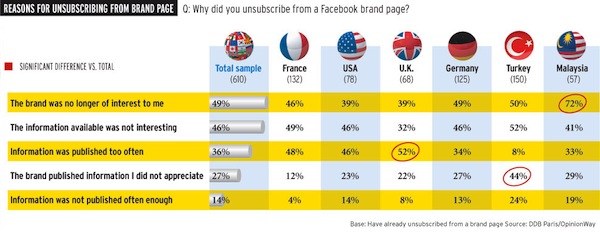
These answers, along with Upworthy’s publishing schedule recommendation reveal yet another problem – you have absolutely no idea who is being exposed to your content when you publish it.
At least with a channel like email, not only can you see when most of your subscribers are opening your messages, but you’re also able to see
- when they’re most likely to click
- what they’re clicking on
- who is clicking on what
This data allows you to create actionable segments so you can deliver targeted messaging to those who will be the most receptive to it.
So if, for example, a large enough group of people click on that limited-time offer on buy one get one free dress shirts, you could save that segment and follow up with similar offers later.
Even though most of the major social media players have unrolled analytics on post performance, the reality is, there has yet to be a good model that aims to personalize how marketing is delivered through social channels (though I have a solution for this later)
That’s a huge problem when your organic growth hinges on other people liking, commenting & sharing your stuff.
Then again, if that’s what your organic growth strategy hinges on, you’ve got even bigger problems…
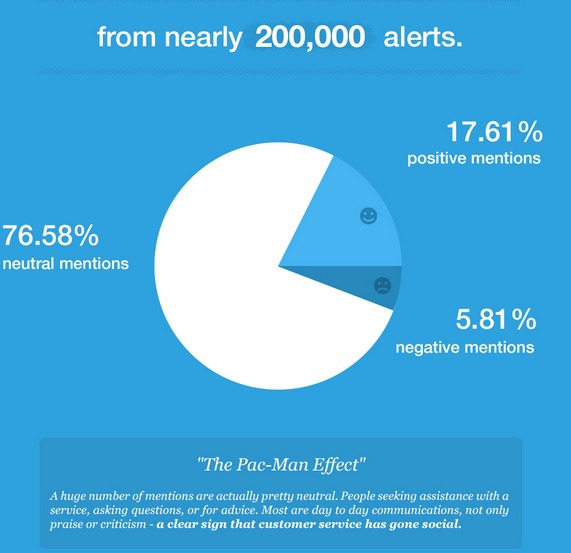
If your social media strategy is built around the premise of “create interesting content & get people to share it.” I’ve got bad news for you.
First, according to a recent study on mention.com, an overwhelming number of branded mentions over social media are neutral.
So if you were expecting that people were going to fawn over how awesome you are and do your marketing for you, it’s probably not going to happen the way you expect it.
Second, and this is the bigger one, with a standard “social media marketing strategy” the chances of getting direct feedback are proportional to how frequently you publish. Not only that, but the feedback you get can be easily biased.
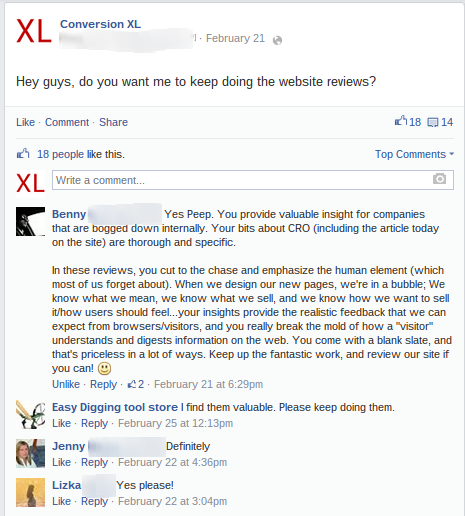
On social media, it’s just easier to not respond if you don’t care.
Problem 3 – Poor Targeting & Hap-Hazard Networking Is Not A Strategy
Once you go beyond your first “fans & followers” being people you already know, and the mentality that these people should spread the word about how awesome you are for free, you’re left to wonder, “how do I grow my network?”
On Twitter, the three main strategies I see are:
#1 The follow/unfollow strategy
This works in a couple different ways:
- Following people who follow a competitor or similar brand on Twitter
- Following people who have a specific keyword in their profile
Then, after a certain time-frame, unfollowing the people who don’t follow you back.
Now to a certain extent, this might work, but even using tools like Followerwonk to narrow down who you follow, you’re essentially relying on something that looks like this to catch people’s attention:
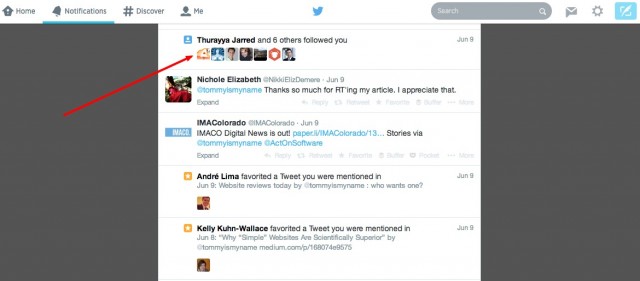
Compelling, right?
Then, maybe if you’ve pinned your most compelling tweet to the top of your twitter page, and maybe if they click through to your profile, and maybe if they click on the link, you might get just a little bit of traffic.
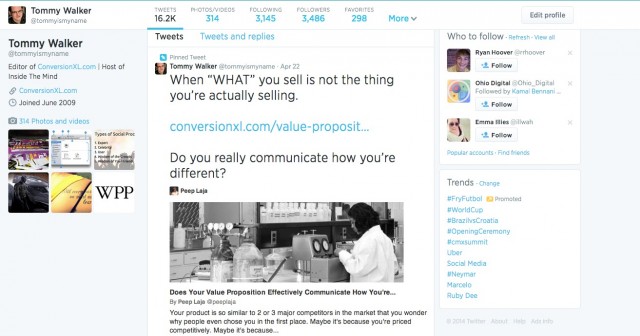
Over a longer period of time, there may be some effectiveness here, but honestly, unless you’ve already established a well known brand, there are better avenues to explore.
Sidenote: the Linkedin version of this strategy looks like this:
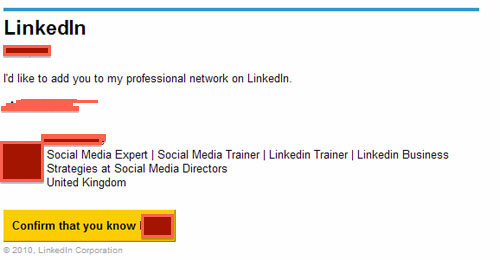
(nothing frustrates me more than an invite without context)
#2. The “Tweet At People Who Need That Thing You Do” Strategy
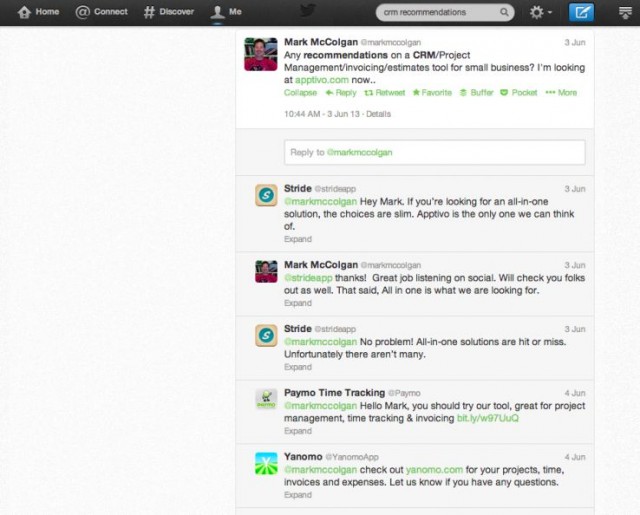
Use Twitter search to monitor the keywords that are relevant to your business. This is pretty straight forward, and can be effective, however it is all to often abused.
Just look at what happens to the poor guy in the image above. He mentions on Twitter that he needs a CRM platform, and not one, not two, but three companies within 24 hours are like, “HEY, you should try OUR tool!”
That’s like saying “Man, I wish I were in a relationship” then 5 different suitors showed up at the exact same time, looked at you desprately, and said “PICK MEEE!”
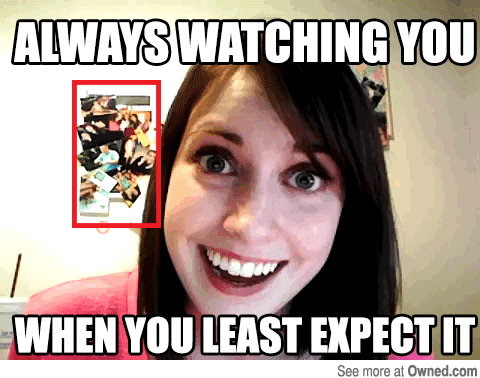
It’s overwhelming. And a little creepy.
#3 The “Follow, RT, Tweet At & Link To Influencers” Strategy
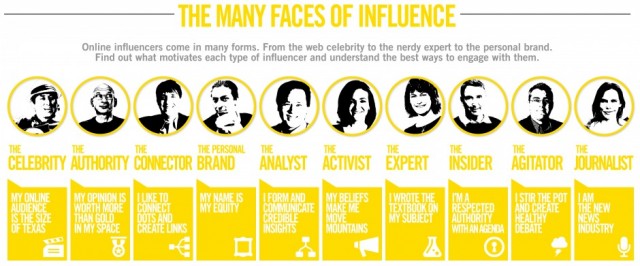
image source: Businessinsider.com
There is a whole mess of advice out there about “targeting influencers” suggesting that you follow, retweet, tweet at & link to their stuff, so they can become familiar with who you are.
You may even write a blog post about them, or pitch a guest post to their blog in order to really get their attention.
Without a doubt, this can work, but there is a much stronger likelihood that it won’t.
Not to sound mean, but the influencer you’re trying to pitch has probably heard some version of your idea at least one other time, and if we’re being honest, you’re not likely approaching the conversation with a “here’s what’s in it for you” mindset either.

Having been on both sides of this equation, I can honestly say that the occasional retweet & “great post” mention on Twitter doesn’t go very far, and that if you really want influencers to take notice, you need to be consistent, willing to offer something valuable, and not entirely self serving in the way you present your motives.
There is no doubt that having a couple of influencers is powerful, but all the ass-kissing relationship building that’s necessary for this to be an effective strategy may not be the best use of your time (right now).
According to that study by mention I was talking about earlier, 91% of mentions come from “non-influencers” – people with less than 500 followers.
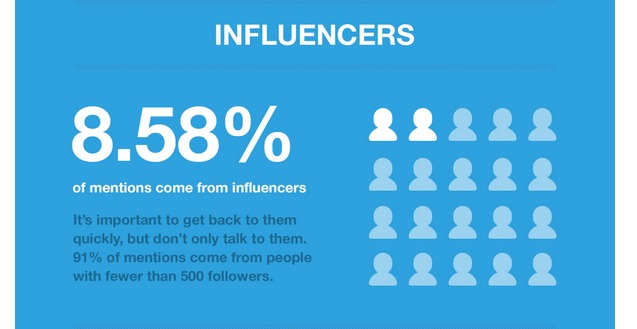
This presents us with a very interesting & unique opportunity, which we’ll talk about in the next section.
Part 2 – Developing A Smarter Social Media Strategy
So to recap, there are a few major problems I’ve found when speaking with 99% of online business owners about their social media marketing strategy.
- Distribution stops once they run out of social networks to publish to
- Over-reliance on headlines & images to drive traffic
- No pro-active method for reaching new interested prospects & instead relying on word of mouth or Ads
- No method for segmenting how content gets distributed
- No method for “listening” outside of using keywords or soliciting feedback through social media posting
- No/weak methods for actively building a network
- Over-reliance on influencers to mention brand
- Not enough empahsis on “the little guy” (where the majority of mentions actually come from)
But most of all, none of this is social. Everything we’ve talked about has been about using social networks to broadcast.
The social media & broader inbound community like to talk about the idea of “pull” marketing, but with methods like “post more frequently” & “use better images.” we trick ourselves into thinking we’re pulling when really we’re just trying to find more clever ways to push.
First & Foremost, You Need To Get Your Site Organized
If I asked you how organized your website information architecture was, how would you answer?
Let’s hypothetically say this diagram from the Journal of IA represents how my online book, movie & comic store is set up.
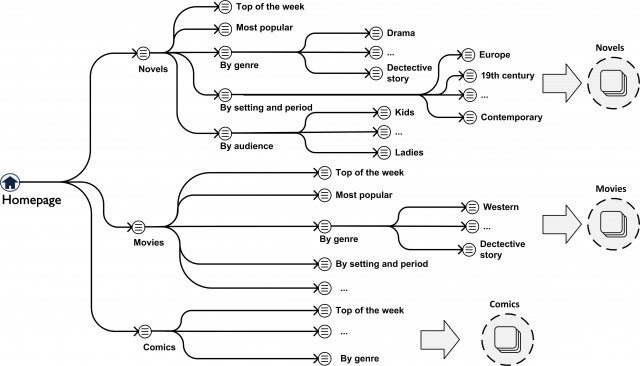
Once you get into the third level of the structure, you’ll notice there are categories for genres, setting & period. Digging deeper, you might get into specific settings or genres like 19th Century or Horror
It’s important to have the information organized on site because, out there in the broad world of social media, there are literally thousands of groups dedicated to conversations about each one of these categories.
The idea is match these groups on social media to the content on your site, and have as close to a 1:1 distribution model as possible. So when you publish something on say Horror, you know exactly who you’ll be distributing that content to.
Finding The Raw Data To Build A Social Media Marketing Database
As a quick example, let’s look at what kind of groups are centered around “Horror” on the major social media marketing sites
Facebook Groups:

![]()
Pinterest Boards:

Twitter (use twubs.com to find hashtag chats):
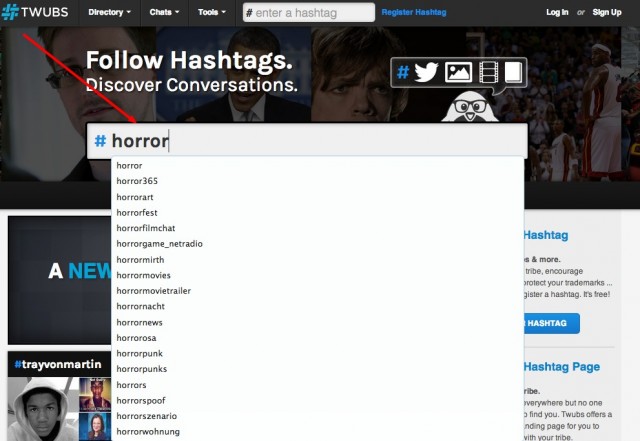
Reddit:

Tumblr:
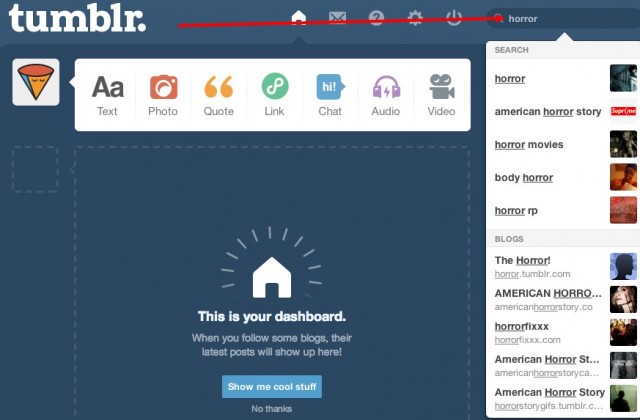
Even in compiling these screenshots, I’ve found a few thousand people who have self-identified as having a broad interest in “horror”.
We haven’t even looked into the sub-genres of horror, like:
- Vampires
- Serial Killers
- Zombies
- Real life horror stories
- or B Horror
… nor have we tapped into the the communities that have been formed in the comments on established blogs…and this is just one of the categories on this hypothetical site.
A quick Google search using the query (with quotes) – “Horror Novels” inurl:forum – also reveals a number of conversations happening in specialized forums dedicated to the subject.

Using a tool like ubersuggest to generate a variety of keywords & select advanced search operators (such as “intitle:” or “related:” ) you can easily get the raw data necessary to build a database for where your social media marketing can take place.
Building The Social Media Marketing Database
As you’re finding these groups, it’s best to keep everything organized.
For this, I’ve found it’s best to create a Google Spreadsheet that records:
- every group you find
- admins & influential members
- the total number of members in the group
- commonly discussed topics
- & general notes (best performing content, big discussions, preferred media, etc)
On this master spreadsheet, it’s also important that you create a new sheet (by clicking the + sign on the bottom) to organize the groups you find by the categories on your site. (you can get the spreadsheet here)
I recommend inputing every group, including the bad ones, because once you’ve filled this sheet out, you’ll minimize your chances of stumbling upon a group that provide no value further down the road.
Rating The Groups For Easier Sorting
After you’ve insert the groups, the thing that makes this methodology effective is that you evaluate and rate each group on three main criteria:
Interaction – From a birds eye view, are group members actually talking to each other? Or are they just blasting links at the wall?

Conversation – If there is conversation, are group members trying to help progress each other, or are conversations along the lines of “great post?”
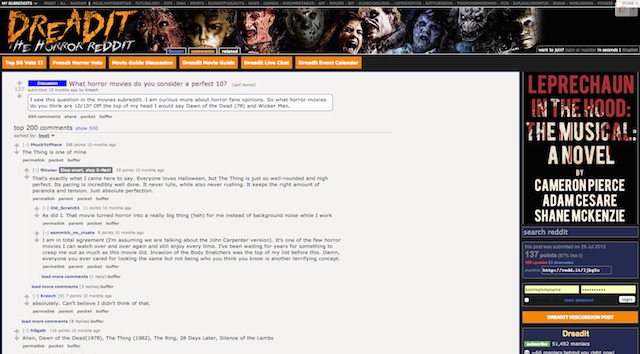
Knowledge – Overall, how would you say your knowledge (or taste) stands up to the others in the room? Do you have more to offer them, or is there something you can learn?

These people know way more about horror movies than I do. I shall give this group a 10
The idea is to rate each group on a scale of 1-10, with what you consider to be average being a 5. With these scores in place, you can easily sort the spreadsheet to meet various marketing related criteria.
For example, if you sorted the spreadsheet to show only the groups with Knowledge score 10, you’d expose yourself to conversation that might accelerate your learning.
If you wanted to gather feedback on an idea, you could gather feedback from the groups with a Conversation score of 6 or higher. You might also look at Knowledge score 4 or lower for ways to create content that would develop them into customers.

Here are some other ideas on how you can use your social media marketing database:
- Product Development
- Unfiltered Market Feedback
- Partnerships (with admins & influential members)
- Idea Validation
- & Content Distribution
Social + Media ( that just happens to be marketing)
No matter how you use your social media database, it’s important you realize that the goal for organizing & rating these groups is not to have a more effective method of spamming distributing your content. If you just blindly start blasting links into into these channels, you’re bound to get ignored, or worse, banned.
The idea is to be social & create media specifically around the needs of the groups you interact with.
By listening to, and participating with such core part of the market, you stand a much better chance of responding with the exact solution they need.
Using a similar, albeit less structured version of this method, blogger Matthew Woodward, was able to grow a blog to earn over $76,000+ in it’s first year doing affiliate sales.


And What About Your Branded Channels?

Does all of this mean you abandon your main branded channels? No. Absolutely not.
What it does mean though is that you can allow yourself to be more selective about what you’re publishing to these channels. If something you’ve distributed into the groups & forums hasn’t performed particularly well, it might not be worth sharing through your branded channels.
Conclusion
There is a lot more you can do once the database in place, like tracking who is sharing your stuff, so you can give them priority access to new content later, or curating other people’s awesome content in order to raise your own “online street cred”
Ultimately, the goal here is to bring a lot more focus to your social media marketing efforts, and reduce the amount of noise that your content has to fight through in order to stand out.
There’s plenty here for you to work with, but if you want to know more about how the full process works, you can sign up here.

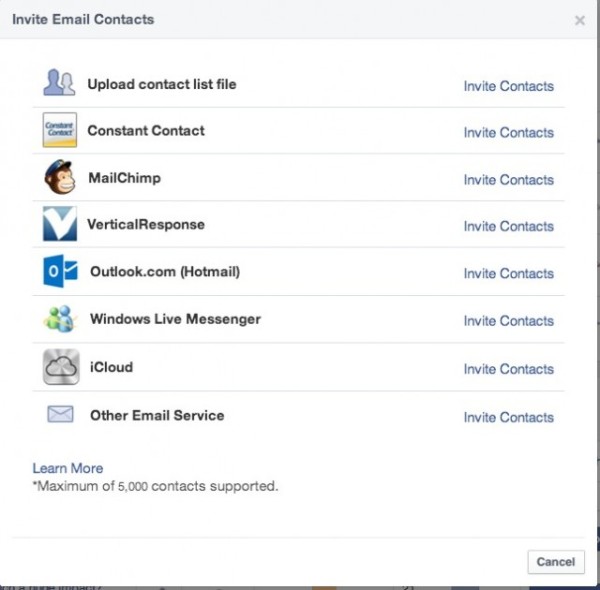

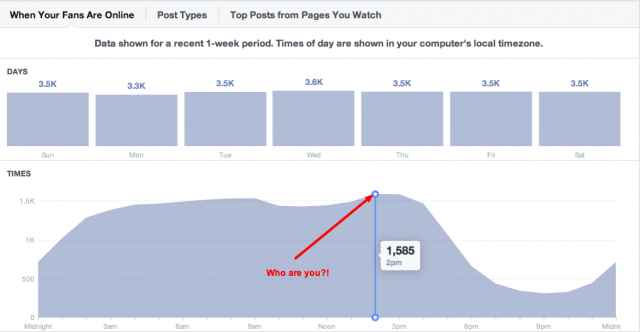
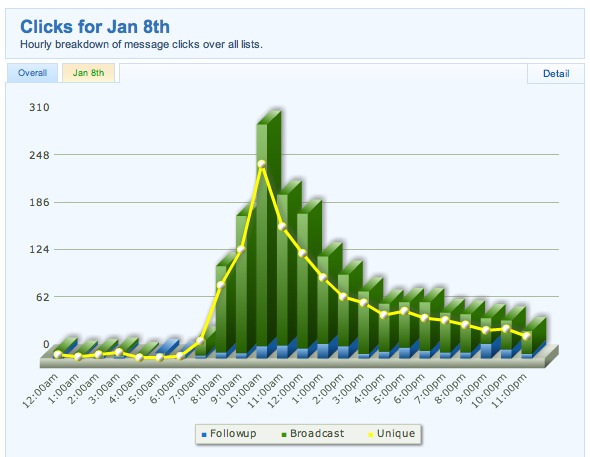






More Stories
How to Generate Passive Income in Your Business and Make Millions
How Growth-Driven Website Design Can Increase Your Conversion Rate
What Is SEO Web Design, And Do I Need It?